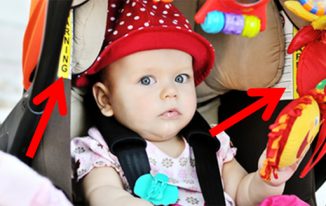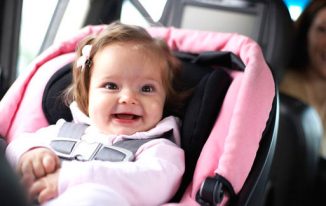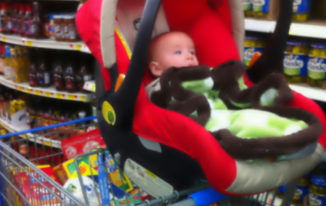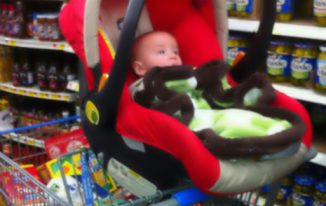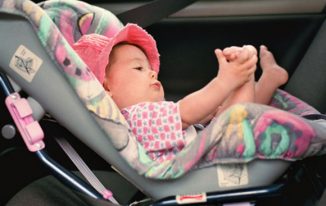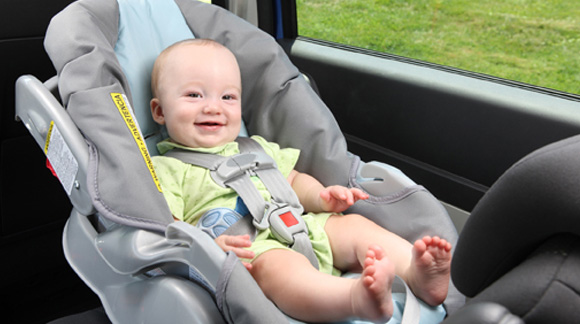
Your baby’s safety should always be your top priority when it comes to riding in a car. That said, having the right car seat can really make a major life-saving difference in the event that you and your baby are involved in a vehicular accident.
Rear-facing infant car seats are designed for newborns and small babies.
This is the best seat for a child of appropriate size and weight to use. According to SaferCar.gov:
It has a harness and, in a crash, cradles and moves with your child to reduce the stress to the child’s fragile neck and spinal cord.
Now as your baby grows, your child should then transition to a convertible car seat.
A convertible seat allows for children to stay in the rear-facing position longer. In fact, the National Highway Traffic Safety Administration (NHTSA) recommends this:
Keep your child rear-facing as long as possible. It’s the best way to keep him or her safe. Your child should remain in a rear-facing car seat until he or she reaches the top height or weight limit allowed by your car seat’s manufacturer. Once your child outgrows the rear-facing car seat, your child is ready to travel in a forward-facing car seat with a harness.
This begs the question as to when and why should you transition your baby from a rear-facing car seat to a convertible car seat?
A recent study by Consumer Reports recommends that you transition your baby to a rear-facing convertible seat before age 1 for the following reasons:
5. Convertible seats provide better protection. Consumer Reports recommends transitioning your baby to a rear-facing convertible seat because of a “key potential safety benefit”. “We found that in more than half of the infant seats we tested, the 12-month-old child dummy had head contact against the simulated front seatback, which could result in injury. By contrast, in nearly all of the rear-facing convertible seats, the 12-month-old dummy avoided head contact.” Source: ConsumerReports.org
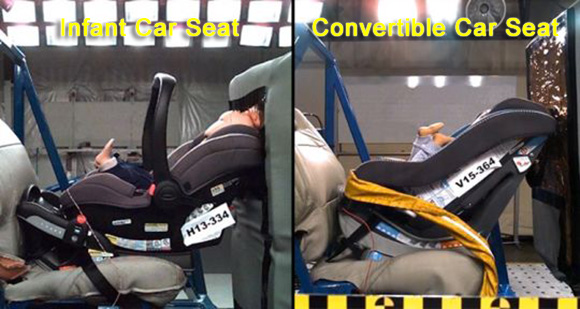
In short, a rear-facing convertible seat provides additional much-needed head protection for your little one in the event that an accident occurs.
When using convertible seats, keep this next reason in mind …
Aside from your child’s weight, height also matters …
4. Height matters. Many infant and rear-facing-only seats have weight limits between 30 and 35 pounds, so you may think those seats are adequate until your child reaches that weight — at about 2 years of age. However, your child will more likely grow out of those seats, height-wise, before reaching those weight limits. Source: Yahoo.com
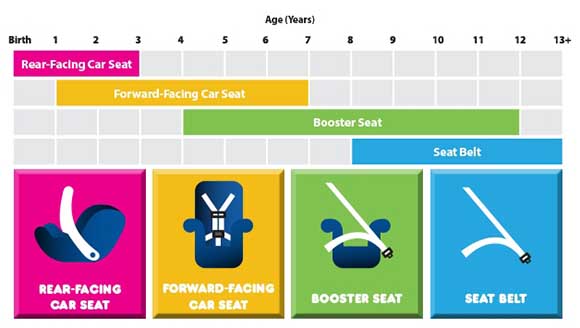
It is important for you to always check your baby’s height to make sure that she or he still fits safely in the infant seat. Babies grow fast so make sure to monitor and be aware of how they fit in their seats.
If it helps, there is no need to second guess on whether you should delay getting a convertible car seat cause …
3. You’ll need one anyway. In order to keep your kid rear-facing until her second birthday, you’ll still have to buy a convertible model. Not only do Consumer Reports’ child-seat experts encourage this strategy, but the American Academy of Pediatrics recommends parents keep children rear-facing until the age of 2. New laws in California, New Jersey, and Oklahoma require that all children under the age of two be in a rear-facing child seat. Source: Yahoo.com
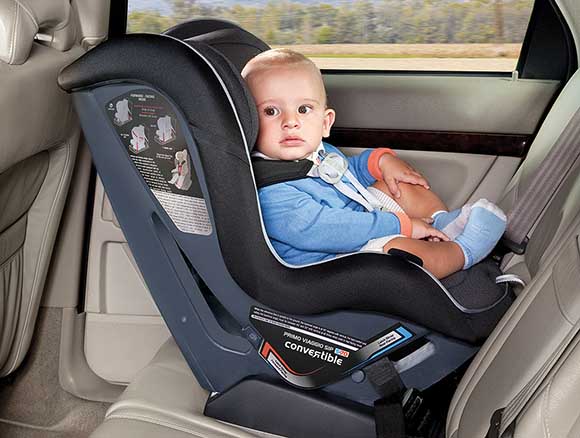
Given the proven safety of keeping children rear-facing, more states are expected to enact laws requiring children under the age of two to remain rear-facing.
If child safety is your priority, then it’s really a no brainer that you do what is …
2. Best for your kids. A convertible seat “may provide additional protection over an infant seat in protecting a child’s head“. The longer shells and shape of the convertible seats provided additional space between the dummy’s head and the simulated seatback preventing direct contact of the head. Source: Yahoo.com
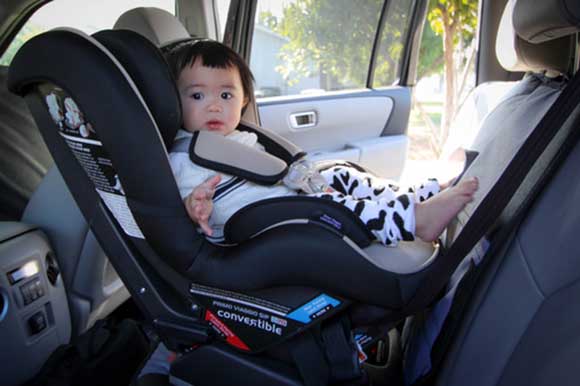
The results from tests by safety specialists at Consumer Reports speak for itself:
In previous testing of a group of infant seats that include a detachable carrier, we found that the 22-pound dummy, representing an average 12-month-old child, suffered a head strike against the simulated front seatback with 16 of the 30 tested models (53 percent).
In our most recent tests of rear-facing convertible models with that same dummy, we found that the dummy’s head contacted the front seatback with only one of the 25 convertible models we tested (4 percent).
Transitioning from an infant car seat to a rear-facing convertible car seat may be bring about certain inconveniences. The transition may bring about inconvenience but the advantages of …
1. Safety outweighs inconveniences. Yes, moving to a fixed rear-facing seat means you lose the convenience and portability of the infant carrier. But your growing baby’s weight, combined with the portable seat, become heavy to lug around, negating the seat’s appeal. Plus, the Journal of Pediatrics found that it’s dangerous to let a baby sleep in an infant seat when outside of the car. So don’t worry about waking your baby when taking him out of a rear-facing seat. It’s the safer option.
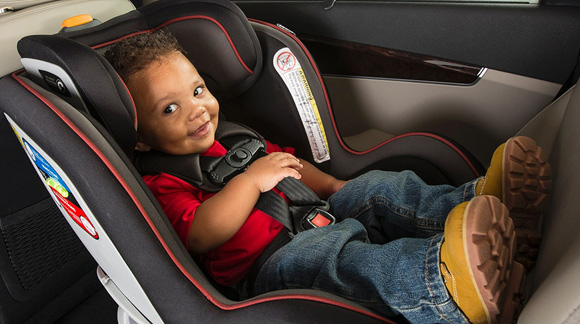
Please do take advantage of the added head protection that a convertible seat offers your little one. Make sure to transition your child to a rear-facing convertible seat by his or her first birthday.
Rear-facing convertible seats can range between $50 to $300. Consumer Reports also says that:
Price doesn’t necessarily reflect quality or safety — you can buy a safe, top-performing seat without breaking your budget.
Hope that you found this information helpful. Let’s keep our children’s safety in mind at all times. You can watch the video below for more tips on car seat safety.
Is your baby still using a rear-facing infant car seat or have you already transitioned to a rear-facing convertible car seat?


